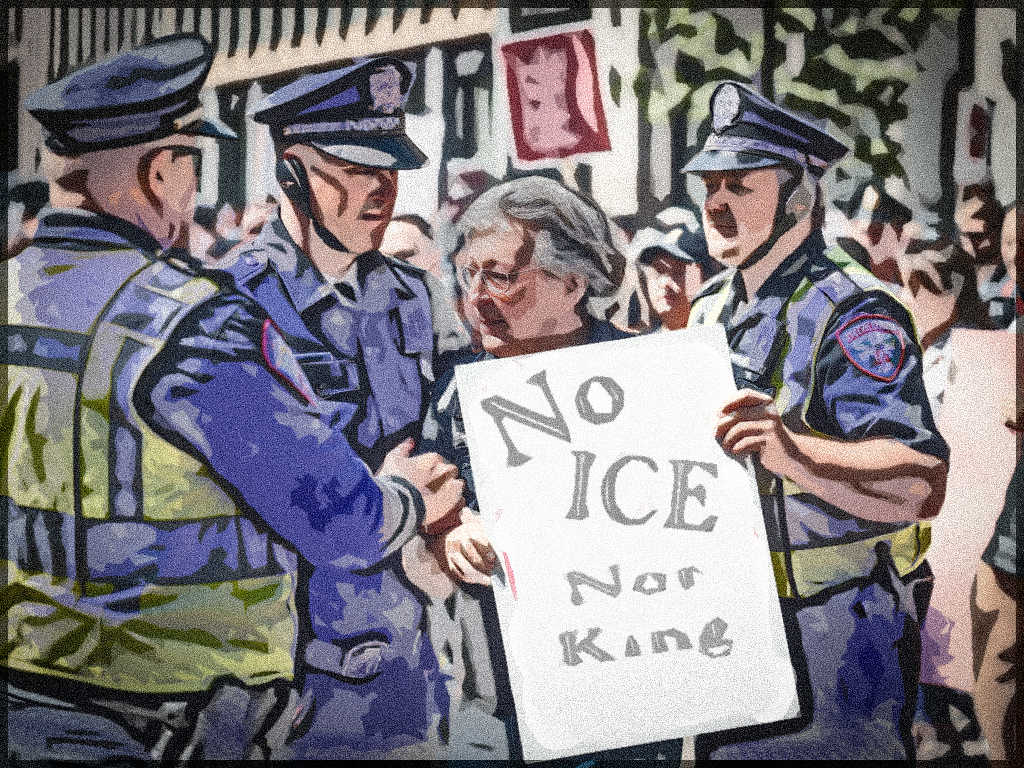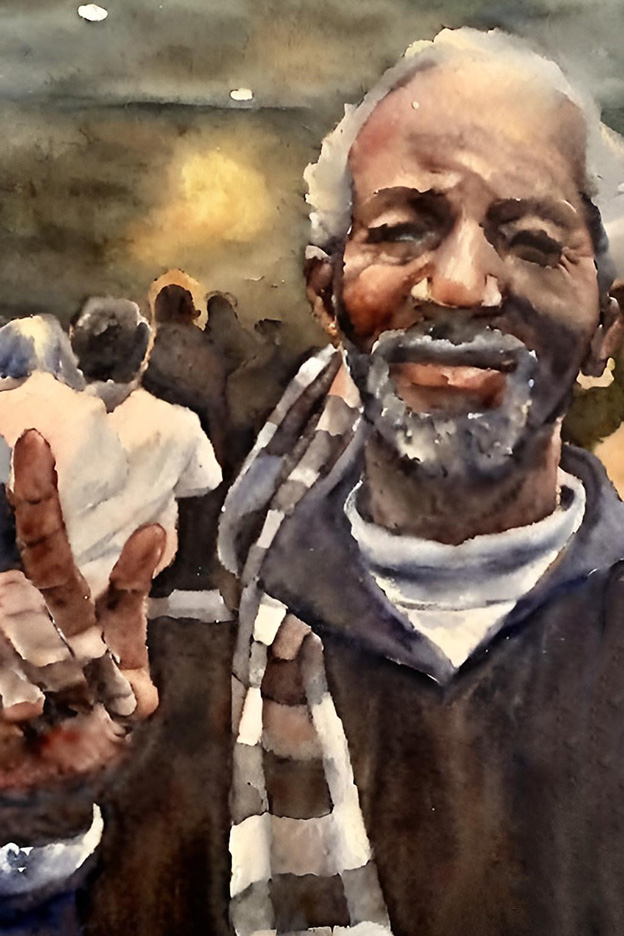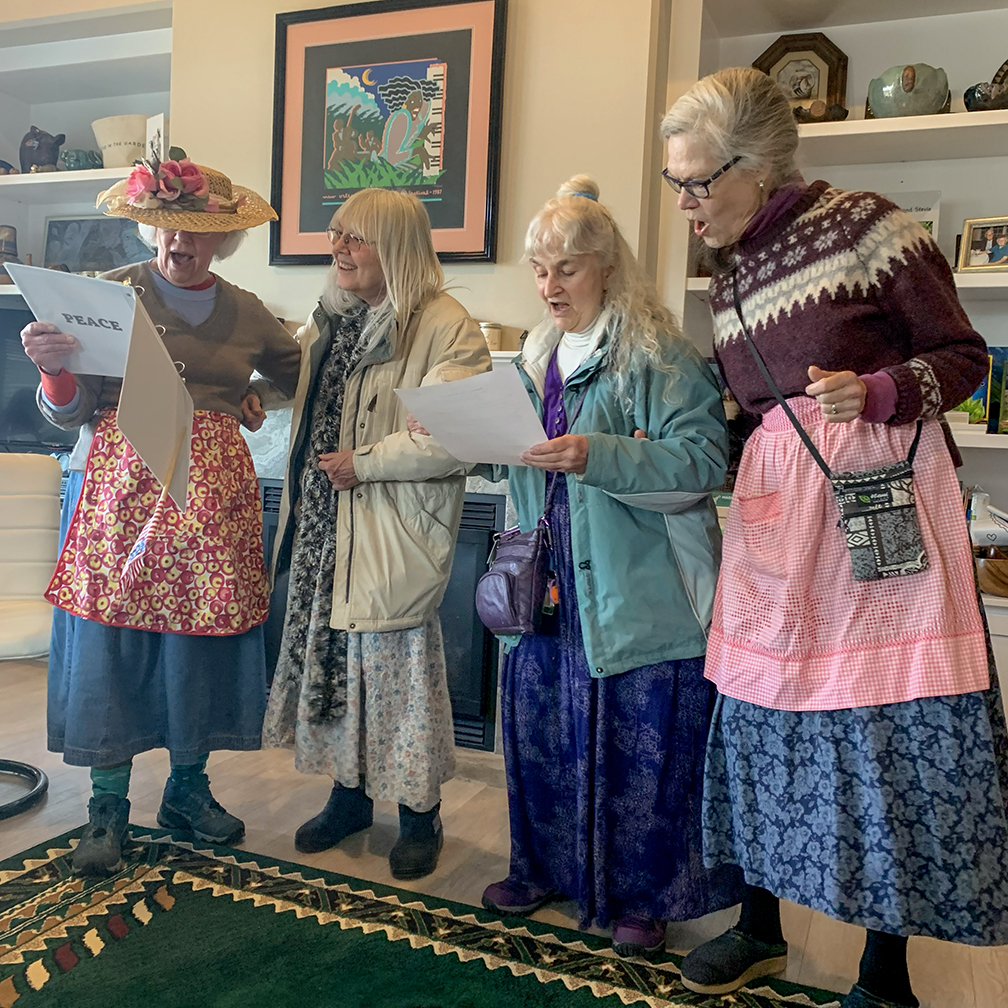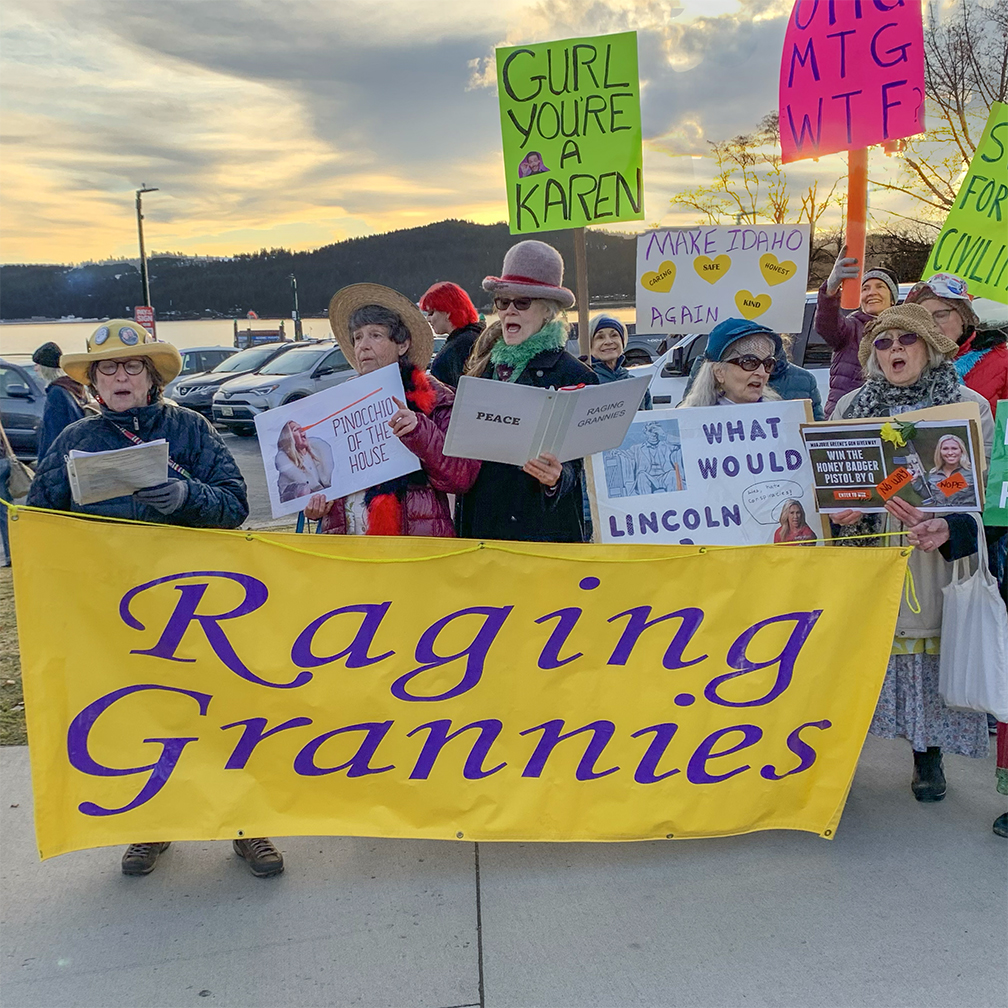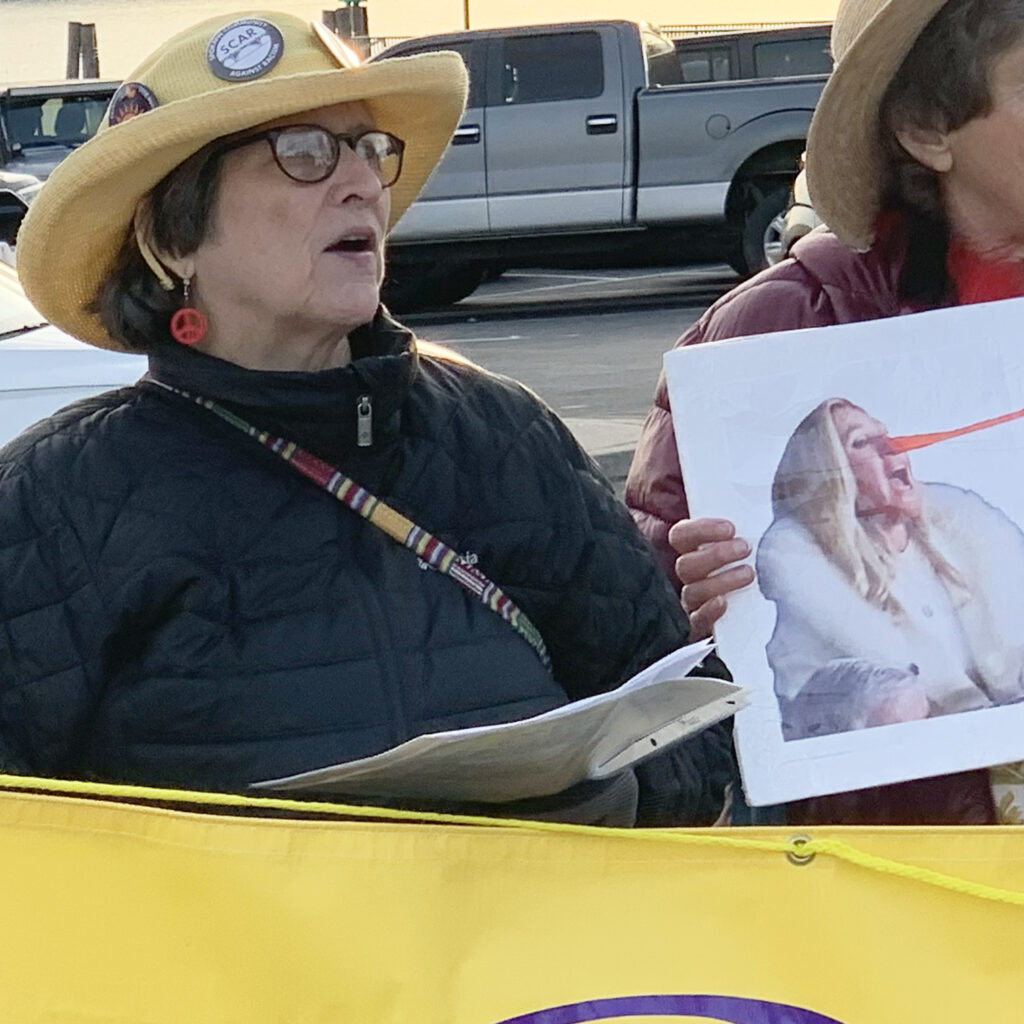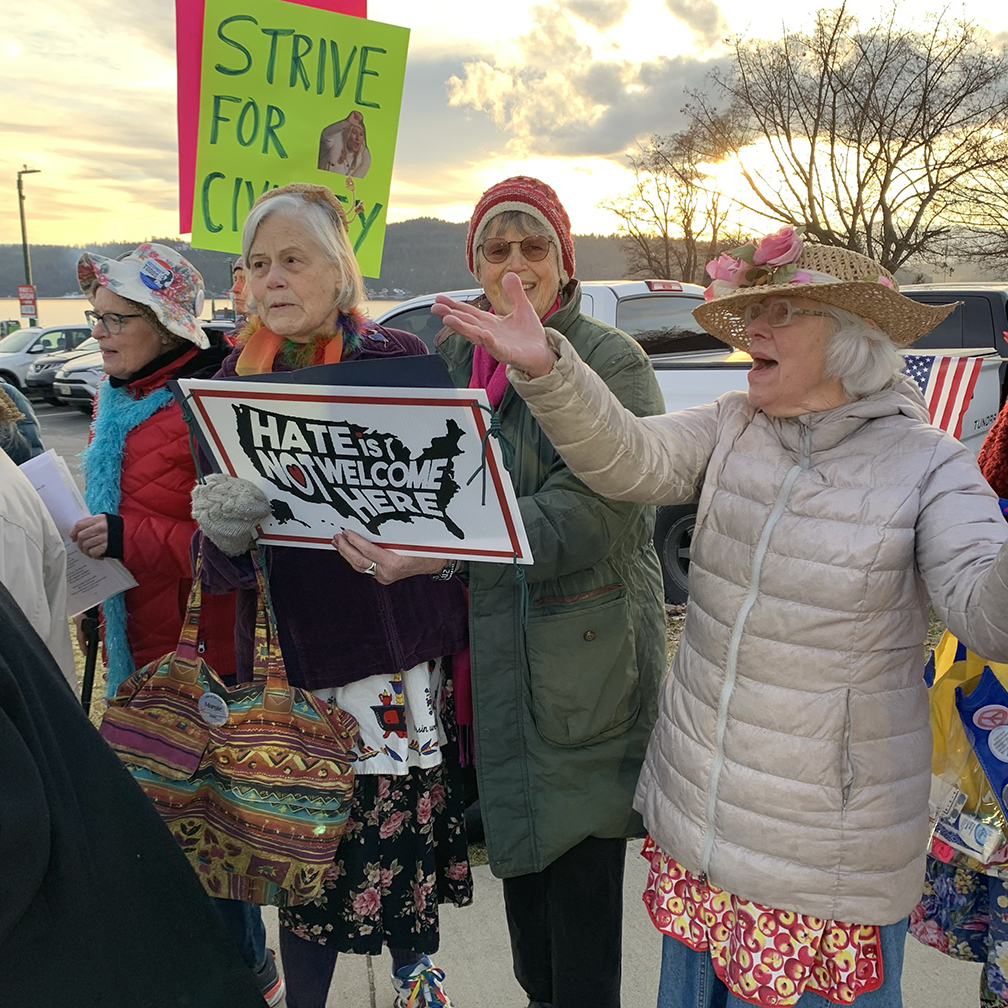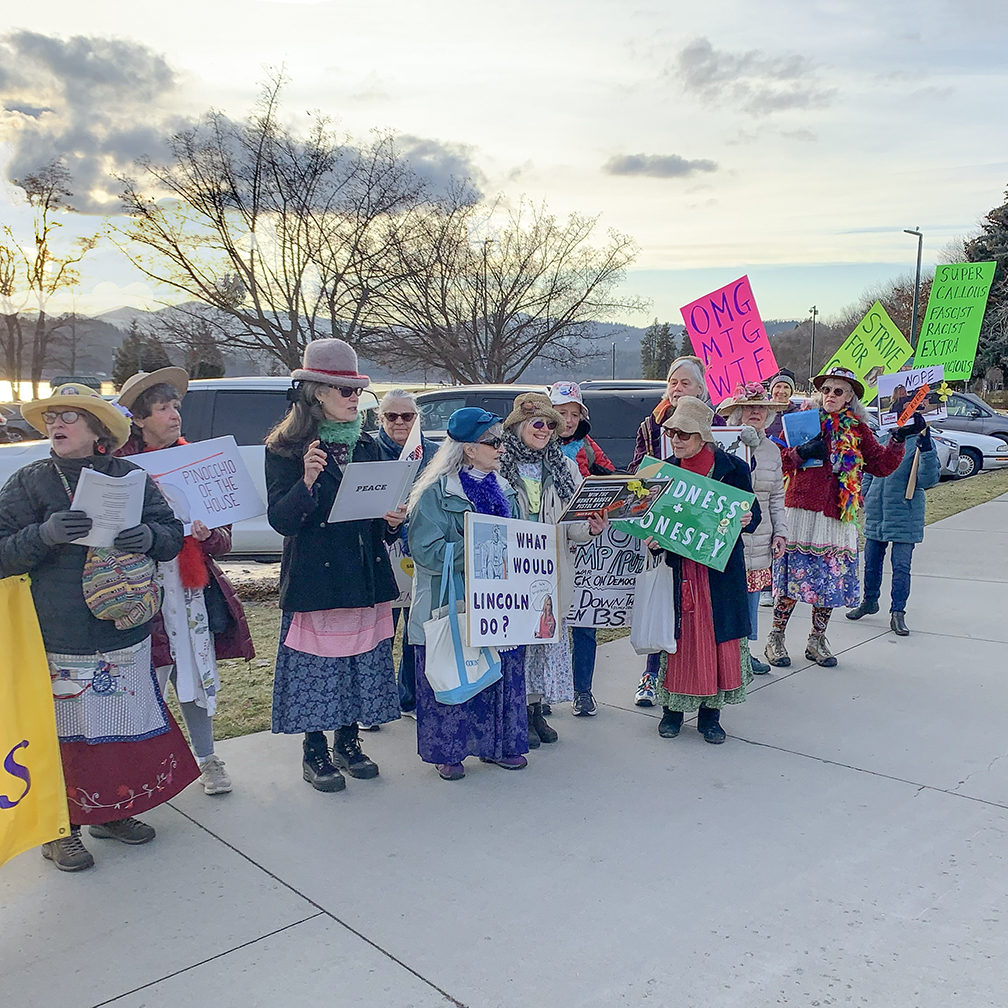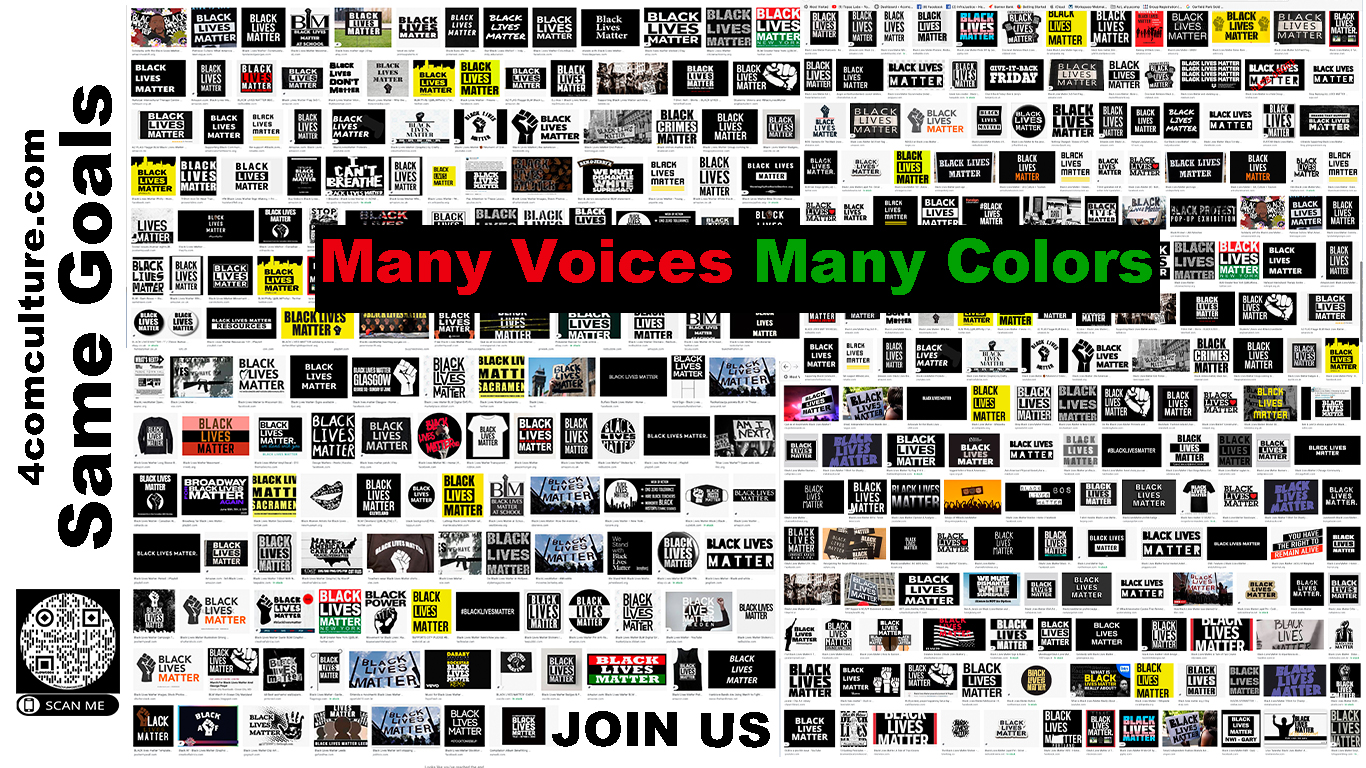The phrase “who you are is who you were when” is a thought-provoking statement that touches on the complex philosophical and psychological concepts of personal identity, consciousness, and the continuity of self over time. To unpack this statement and explore its meaning, we need to delve into various perspectives on personal identity, memory, and the nature of consciousness.
Philosophical Perspectives on Personal Identity
The question of personal identity over time has been a subject of intense philosophical debate for centuries. Several key theories help us understand the implications of this statement:
- Psychological Continuity Theory: John Locke, a prominent philosopher, proposed that personal identity is founded on psychological continuity, particularly the continuity of consciousness. He argued that it is the same consciousness that links past and present experiences, which constitutes personal identity [1]. This theory suggests that “who you are is who you were when” is directly connected to your current self through a continuous stream of consciousness and memories.
- Hume’s Bundle Theory: David Hume, another influential philosopher, was skeptical of the notion of a permanent self. He suggested that personal identity is more like a bundle of perceptions without a true underlying self [2]. This perspective challenges the idea of a consistent “you” across time, implying that “who you were when” might be fundamentally different from who you are now.
- Narrative Identity: This concept, supported by philosophers and psychologists, suggests that individuals construct their sense of self through a personal narrative that is continuously updated and reshaped [3]. In this view, “who you were when” becomes part of the ongoing story you tell about yourself, influencing but not necessarily defining your current identity.
The Role of Memory in Identity
Memory plays a crucial role in connecting our past selves to our present identity:
- Dynamic Nature of Memory: Scientific research has shown that memory is not a static archive but an active and reconstructive process. Each time we recall a memory, it is reconstructed, and this process can alter the original experience [4]. This suggests that “who you were when” is not a fixed point but a dynamic representation that changes over time.
- Autobiographical Memory: From a psychological standpoint, autobiographical memory is central to the construction of personal identity. These memories are subjective, selective, and reconstructive, influenced by current emotions, beliefs, and cognitive biases [5]. This means that your recollection of “who you were when” is shaped by your current perspective and circumstances.
Consciousness and Self-Awareness
The statement also touches on the concepts of consciousness and self-awareness:
- Self-Awareness Development: Self-awareness is a critical component of personal identity. It begins to develop in infancy and becomes more complex as individuals grow [6]. This developmental perspective suggests that “who you are is who you were when” might have different levels of self-awareness compared to your current self.
- Neural Correlates of Consciousness: Scientific studies have explored the neural basis of consciousness, identifying areas such as the anterior cingulate cortex as important for self-awareness. However, self-awareness may arise from distributed brain networks rather than specific regions [7]. This neurological perspective highlights the complexity of maintaining a consistent sense of self over time.
Personality Development and Change
Research on personality development provides insights into how individuals change over time:
- Stability and Change: Personality traits are generally characterized by both stability and change across the lifespan. While some traits like agreeableness and conscientiousness tend to increase with age, others like neuroticism, extraversion, and openness to experience may decline [8]. This suggests that who you are is who you were when” might have different personality characteristics compared to your current self.
- Impact of Life Events: Significant life events can lead to changes in personality traits. For example, entering a romantic relationship or starting a new job can increase emotional stability and conscientiousness [9]. These changes imply that major life experiences can create distinctions between “who you are is who you were when” and who you are now.
Synthesis and Meaning
The statement “who you are is who you were when” encapsulates the complex interplay between continuity and change in personal identity. It challenges us to consider:
- Continuity of Consciousness: To what extent does our consciousness provide a thread of continuity between our past and present selves?
- Memory’s Role: How do our memories, which are dynamic and reconstructive, shape our understanding of who we were and who we are?
- Personal Growth: How have we changed over time, and how do these changes affect our sense of self?
- Narrative Construction: How do we integrate our past experiences into our current self-narrative?
In essence, this statement invites us to reflect on the complex nature of personal identity. It suggests that while there may be a continuity of consciousness and memory linking our past and present selves, we are also constantly evolving beings. Our current identity is shaped by, but not necessarily identical to, who we were in the past. This perspective encourages a nuanced understanding of personal identity that acknowledges both the enduring aspects of self and the potential for growth and change over time.







